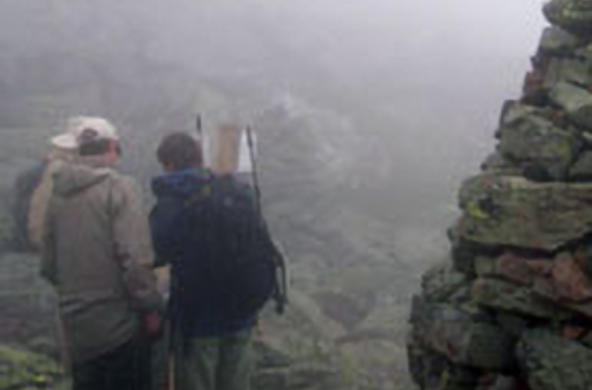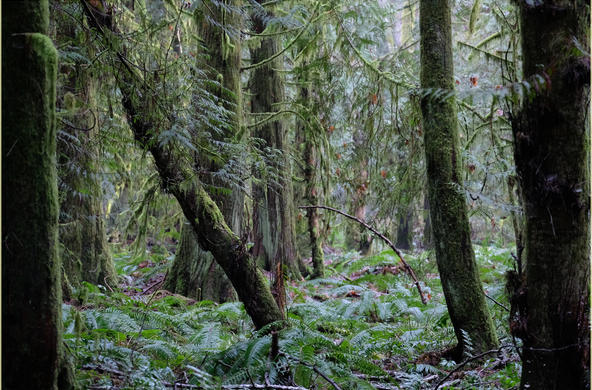The Winter Olympics are over and the end of ski season approaches. Those of you who are winter sports fans may not think a lot about what happens to downhill and cross-country trails in ski resorts during spring and summer. But what goes on in those seasons is very important for a successful ski season next winter and beyond, and in some places you have cows to thank for it.
Throughout the winter, ski trails are groomed to make the snow smooth so that you and gold medalists can go fast, but don't fall and break legs on unexpected bumps while slaloming down the black diamond trail. Grooming is done using snowmobiles and bigger snowcats that drag or push rakes and rollers across the snow. While they do a great job of flattening the snow, they unfortunately also do a great job of compacting the soil underneath. Compact soil is difficult for plants to grow in, and rain runs off down the mountain instead of soaking in. The grasses and herbs then often die. Without plant cover, the spring, summer and fall rains can erode the bare patches of soil, washing it away. Eventually your nice smooth ski slope gets replaced by the jagged rocks underneath.
To prevent such a disaster, ski resorts all over the world invest a lot of time, energy and money re-vegetating ski slopes. They scatter seeds of annual alpine plants and grasses, along with mulch, over the slopes, hoping that the vegetation re-establishes. Sometimes it does, but often, and particularly on the steeper slopes that have been heavily groomed, the re-establishment is at best patchy and often occurs very slowly.
Sometimes damaged trails have to be closed. The ski resorts can lose revenue unless they cram the skiers and snowboarders onto the remaining slopes where they risk crashing into each other — an unexpected human health consequence of environmental destruction.
The main reason seeding heavily groomed steep slopes fails to re-establish the vegetation is that the rain flowing over the compacted soil washes the seeds and the mulch down the mountain. The surface is too smooth and hard for seeds and mulch to get trapped, or for rain water to soak in so seeds can germinate and grow.
This is where cows enter the story, at least in the French Alps not far from Grenoble, home of the 1968 Winter Olympics. Some French colleagues of mine recently discovered if you take cows up to the alpine pastures along the ski trails during or just after rain, they, not surprisingly, leave hoof prints. The hoof prints are little pits that trap the seeds and mulch and let the rain soak in; they counteract the adverse environmental damage done by the rakes and rollers. When there are hoof prints — not too many and not too few — the vegetation re-establishes more rapidly and grows more vigorously.
This makes the ski resort owners, athletes, winter and summer tourists happy. It also makes the cows happy: they like to feed on alpine grasses and herbs as a welcome break from winter forage. This is a great example of what is called ecological engineering, using nature to help solve environmental problems we create. Cows in the French Alps are put to work to undo the damage caused by human-made machines in a simple, effective way, doing something they naturally do — making hoof prints. For humans to imitate this is difficult and costly, but cows can do it easily at no real cost other than the grass and herbs they would eat anyway.
And it is a solution that could be brought to ski resorts in the Catskills, Adirondacks and New England, regions where cattle, goat and sheep farmers still abound who might be interested in forging a mutually beneficial relationship with ski resort owners by leasing out their engineers on the hoof as part-time workers.





